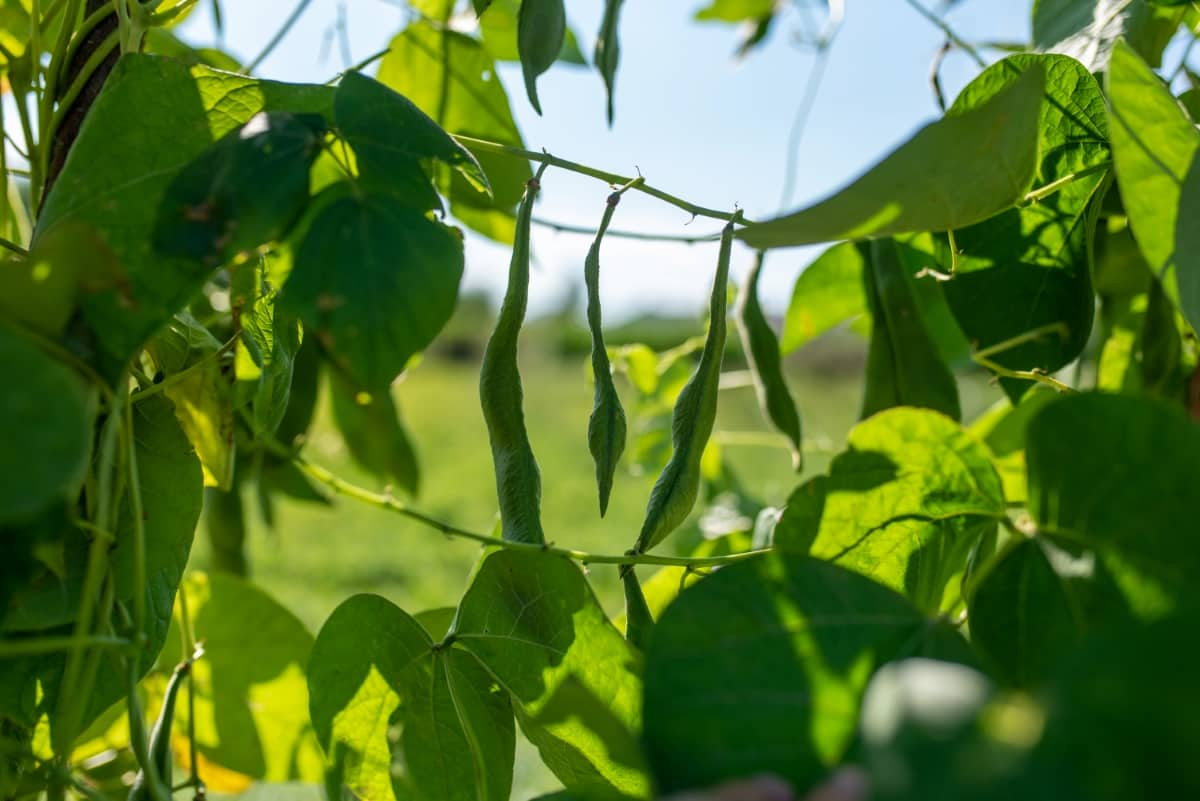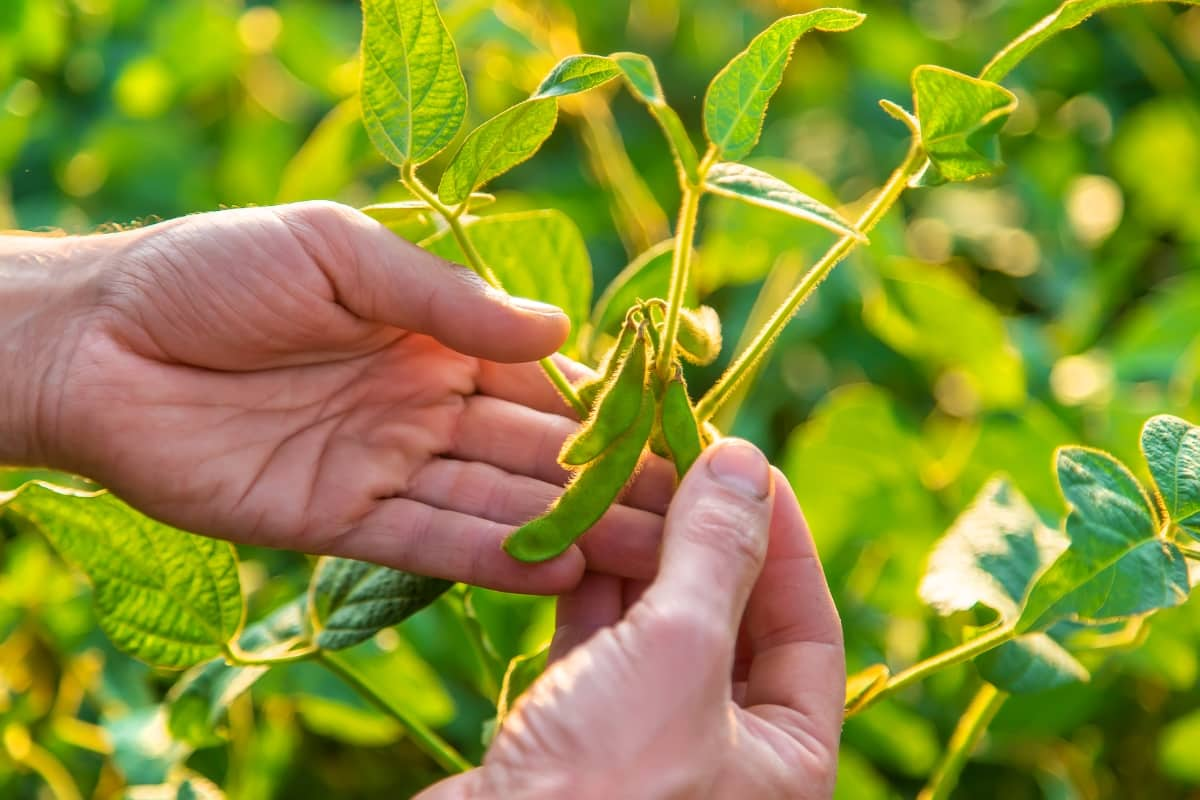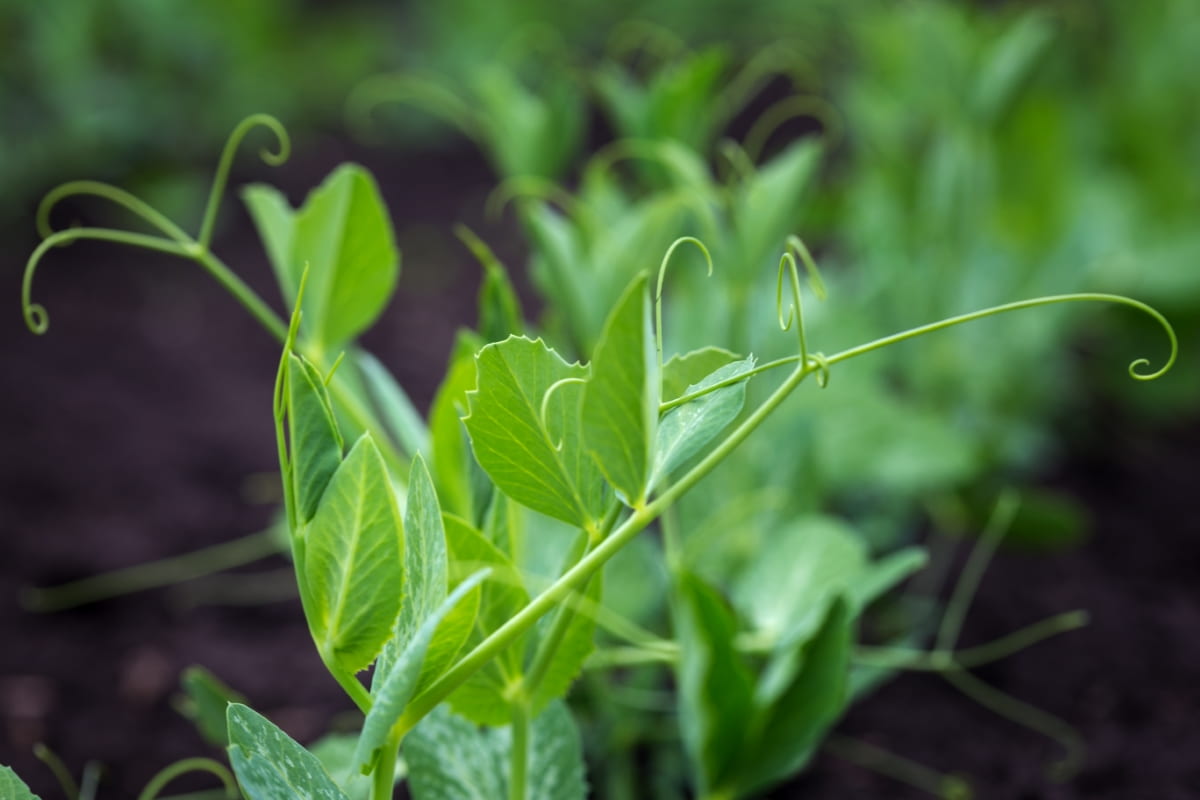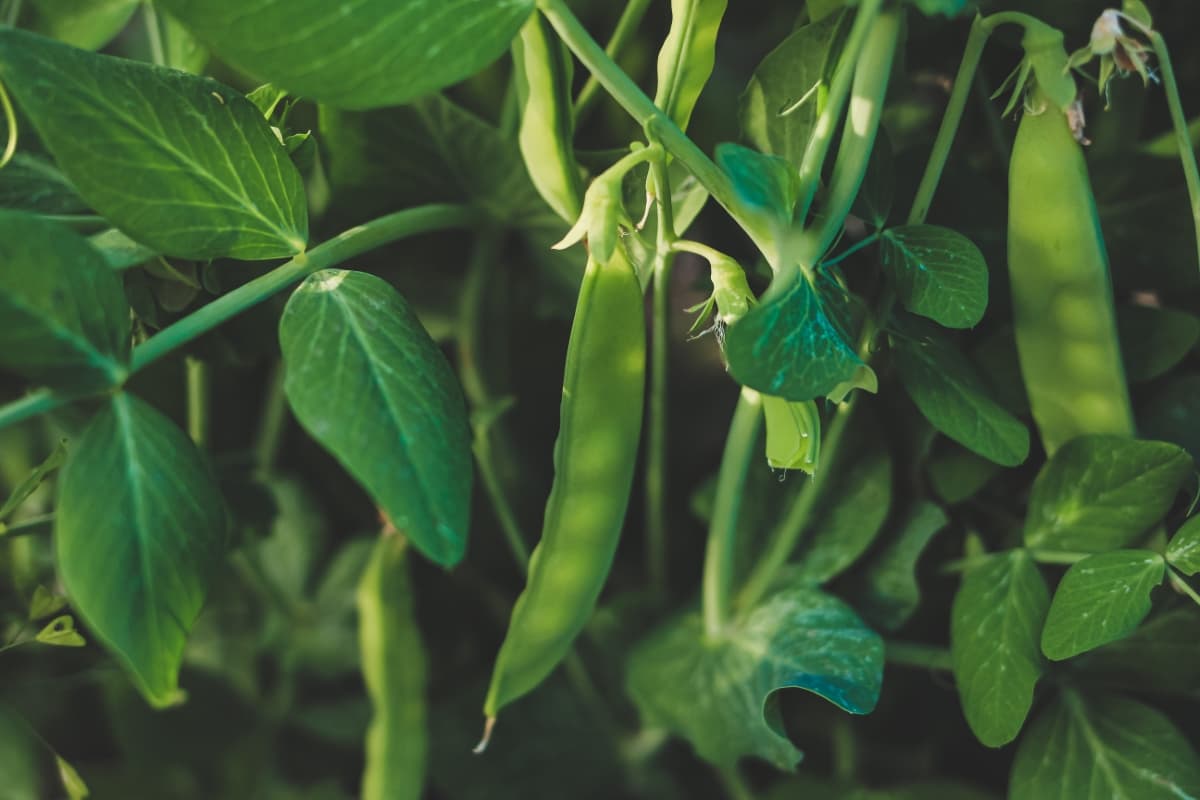Discover effective strategies for managing pests and diseases in dolichos bean cultivation. Learn about organic treatments, resistant varieties, and integrated pest management techniques to ensure healthy crops and sustainable farming practices.

Dolichos Pests and Disease Management
Introduction to Dolichos Bean Cultivation
Dolichos bean, scientifically known as Lablab purpureus, is a versatile legume crop cultivated for its edible beans and foliage. Originating from Africa, it has gained popularity worldwide for its nutritional value and adaptability to various climates. Dolichos bean cultivation offers sustainable agriculture practices, especially when integrated with Dolichos Bean Pest Management and Dolichos Disease Control measures. Implementing Organic Treatment for Dolichos ensures environmentally friendly production, while Effective Dolichos Solutions enhance yields.
Overview of Dolichos Bean (Lablab Purpureus)
Lablab purpureus, commonly referred to as Dolichos bean or hyacinth bean, belongs to the legume family and is cultivated for its beans, leaves, and pods. This versatile crop thrives in diverse climates and soil conditions, making it a preferred choice for farmers worldwide. With proper Dolichos Bean Cultivation Tips, growers can optimize production while minimizing risks associated with pests and diseases. Incorporating organic treatments for Dolichos ensures sustainable farming practices.
Importance of Pest and Disease Management
Effective pest and disease management is important for successful dolichos bean cultivation. Pests and diseases can significantly reduce yield and quality if left unchecked. Implementing proactive measures for pest and disease control not only ensures higher productivity but also promotes sustainable farming practices. Organic treatment for Dolichos pest management and disease control is preferred to minimize environmental impact.
Common Pests in Dolichos Beans
Dolichos beans are susceptible to various pests that can cause significant damage if not controlled. Some of the most common pests affecting dolichos bean cultivation include aphids, beetles, mites, and caterpillars. These pests eat the leaves, stems, and pods of the plant reducing the growth and yield of the crop. Effective pest management strategies are important to minimize losses.
Identification of Key Pests: Aphids, Beetles, and Mites
Aphids, beetles, and mites are key pests that can wreak havoc on dolichos bean crops if not identified and managed timely. Aphids suck sap from the plant, causing wilting and deformation of leaves. Beetles feed on foliage and pods, leaving behind chewed-up leaves and damaged seeds. Mites thrive in hot, dry conditions and cause stippling and discoloration of leaves.
Life Cycle and Damage Symptoms
Aphids reproduce quickly without mating, producing live offspring and, secreting honeydew, attracting ants, and promoting sooty mold growth. Beetles undergo complete metamorphosis, with larvae feeding voraciously on plant tissues, while adults consume leaves and pods. Mites have a short life cycle, laying eggs on leaves and causing stippling and yellowing by piercing plant cells.
Diseases Affecting Dolichos Beans
Dolichos beans are susceptible to various fungal, bacterial, and viral diseases that can reduce yield and quality. Powdery mildew and rust are common fungal diseases that thrive in humid conditions, causing white powdery growth on leaves and rusty-colored spots, respectively. Bacterial blight and mosaic virus are viral and bacterial infections that cause stunted growth, leaf discoloration, and yield loss.
Fungal Diseases: Powdery Mildew and Rust
Powdery mildew is a Dolichos Bean Fungal Disease characterized by white powdery patches on leaves, stems, and pods. It survives in warm, humid conditions and can spread rapidly, especially in crowded plantings. Rust is another fungal disease that causes rusty-colored spots on leaves and stems, drastically leading to defoliation and reduced photosynthesis. Organic treatment for Dolichos disease control includes sulfur-based fungicides and cultural practices such as crop rotation and proper spacing. These both are important Dolichos Bean Fungal Diseases.
Bacterial and Viral Infections: Blight and Mosaic Virus
Bacterial blight is a destructive disease caused by Xanthomonas campestris pv. Phaseoli, which affects leaves, stems, and pods. It causes water-soaked lesions that turn brown and necrotic, eventually leading to defoliation and yield loss. Mosaic virus is a viral infection transmitted by aphids, causing mottled leaf discoloration, stunted growth, and reduced yield. Effective dolichos solutions include planting disease-resistant varieties and implementing strict sanitation measures to prevent the spread of pathogens.
In case you missed it: How to Control Green Pea Pests Naturally: How to Get Rid of Them with Natural and Organic Treatment

Cultural Practices for Pest and Disease Prevention
Execution of cultural practices such as crop rotation and proper sanitation are crucial for preventing pest and disease infestations in dolichos bean cultivation. For example, rotating crops with legumes like cowpeas or soybeans can break pest cycles and improve soil health, reducing the risk of fungal diseases. Additionally, removing plant debris and weeds can eliminate hiding spots for pests and pathogens, further reducing the likelihood of infestations.
Crop Rotation and Sanitation
Crop rotation involves alternating the types of crops grown in a specific area over time, which helps disrupt pest and disease cycles. For dolichos bean cultivation, rotating with crops like maize or sorghum can help reduce pest pressure and improve soil health. Sanitation practices, such as removing and destroying infected plants, also play a crucial role in preventing the spread of fungal diseases like anthracnose and powdery mildew.
Proper Planting Techniques and Spacing
When planting Dolichos beans, spacing requirements vary depending on the variety and soil fertility. Generally, seeds should be sown at a spacing of 10-15 centimeters within rows and 45-60 centimeters between rows to ensure adequate sunlight penetration and airflow. Proper spacing minimizes competition among plants and reduces the risk of pest and disease spread.
Biological Control Methods
Biological control in Dolichos involves introducing beneficial insects like ladybugs and predatory mites to prey on pests such as aphids and spider mites. Additionally, the use of microbial agents like Bacillus thuringiensis can effectively control caterpillar pests. By harnessing natural predators and microbes, farmers can reduce reliance on chemical pesticides.
Beneficial Insects and Natural Predators
Encouraging the presence of beneficial insects like lacewings and parasitic wasps helps control pests such as aphids and caterpillars in Dolichos bean fields. Ladybugs, for example, feed on aphids, while spiders prey on various pests. By promoting biodiversity and natural predator-prey interactions, farmers can maintain pest balance without resorting to chemical interventions.
Use of Biopesticides
Biopesticides derived from naturally occurring substances like neem oil and plant extracts offer effective pest control in Dolichos cultivation. Neem oil hinders the growth and reproduction of pests and does not harm beneficial insects and the environment. Integrating biopesticides into pest management strategies reduces chemical inputs and minimizes negative impacts on soil health.
Organic Pesticides and Their Application
Organic pesticides approved for use in Dolichos cultivation include products containing neem oil, pyrethrin, and garlic extract. These substances target pests while minimizing harm to beneficial organisms and soil health. Proper application techniques, such as timing sprays during low pest activity periods, maximize efficacy while reducing environmental risks.
Neem Oil and Other Plant-Based Insecticides
Neem oil for Dolichos pests acts as a potent insecticide against pests like aphids, whiteflies, and caterpillars in Dolichos bean cultivation. Other plant-based insecticides, such as pyrethrin from chrysanthemum flowers, also offer effective pest control with minimal environmental impact. Integrated pest management strategies leverage these natural compounds for sustainable pest control.
Safe and Effective Application Strategies
When applying pesticides in dolichos bean cultivation, it’s essential to follow safe and effective strategies to minimize environmental impact and ensure crop safety. Integrated Pest Management (IPM) techniques, such as targeted spraying and proper timing, help optimize pesticide effectiveness while reducing the risk of pesticide resistance and environmental contamination. Additionally, using organic pesticides like neem oil ensures safe and sustainable pest control.
In case you missed it: Pest Management in Ivy Gourd: 100% Effective Treatment and Control Solutions

Soil Health and Nutrient Management
Maintaining soil health is crucial for successful dolichos bean cultivation, following sustainable farming practices such as crop rotation and organic matter incorporation to enhance soil fertility. Utilize dolichos bean planting techniques that promote nutrient absorption and minimize soil erosion. Regular soil testing and balanced fertilization ensure optimal nutrient levels for healthy crop growth.
Enhancing Soil with Organic Matter
Incorporating organic matter such as farm yard compost or manure into the soil is crucial in dolichos bean cultivation. Apply compost or manure to improve soil structure, water retention, and nutrient availability. Utilize sustainable Dolichos farming practices like cover cropping and green manure to replenish organic matter levels. This fosters a healthy soil ecosystem, promoting robust dolichos bean growth and yield.
Importance of Balanced Fertilization
Balanced fertilization is critical for optimizing dolichos bean yield and quality while minimizing environmental impact. Utilizing organic fertilizers, such as compost and manure, alongside mineral fertilizers helps maintain soil fertility and promotes healthy plant growth. By providing a balanced nutrient supply, farmers can enhance crop resilience, reduce nutrient leaching, and sustainably manage dolichos bean cultivation.
Integrated Pest Management (IPM) Strategies
Integrated Pest Management (IPM) strategies play a crucial role in controlling pests while minimizing environmental impact in dolichos bean cultivation. By integrating all the cultural, biological, and chemical control methods, farmers can effectively manage pest populations while reducing reliance on synthetic pesticides. Implementing IPM practices like crop rotation, companion planting, and beneficial insect conservation promotes sustainable pest management in dolichos bean fields.
Monitoring Pest Populations and Disease Symptoms
Regular monitoring of pest populations and disease symptoms is essential for early intervention in dolichos bean cultivation. Use pheromone traps and visual inspections to assess pest levels accurately. Scout fields regularly for signs of disease, such as leaf spots or wilting. Prompt identification allows for timely interventions, including organic pesticides for Dolichos and resistant Dolichos varieties.
Threshold Levels and Timely Interventions
Establishing threshold levels for pests and diseases is crucial for effective management in dolichos bean cultivation. Monitor pest populations and disease progression regularly to determine intervention thresholds. Implement timely interventions, such as cultural practices or organic pesticides for Dolichos, when pest levels exceed thresholds. This prevents crop damage and ensures optimal dolichos bean yield.
Resistant Varieties and Genetic Solutions
Resistant varieties, such as “Dolichos Resilient 1” and “Dolichos Defender,” possess genetic traits that make them less susceptible to common pests and diseases. By incorporating these varieties into cultivation practices, farmers can reduce reliance on chemical pesticides, mitigate yield losses, and promote environmentally friendly farming methods. Additionally, ongoing research and breeding efforts aim to develop new genetic solutions to enhance dolichos bean resilience and sustainability further.
Breeding for Pest and Disease Resistance
Breeding for pest and disease-free crops is a proactive strategy to enhance the resilience of Dolichos bean cultivars against biotic stresses. By selecting traits such as pest tolerance, disease resistance, and vigorous growth, breeders can develop resilient varieties suited to specific agroecological conditions. Through continuous improvement and selection, breeders contribute to sustainable dolichos bean cultivation by reducing reliance on chemical inputs.
The Potential of Genetically Modified Dolichos Beans
While genetically modified (GM) dolichos beans offer the potential for enhanced pest and disease resistance, their adoption in sustainable farming practices requires careful consideration of environmental and socio-economic factors. GM technologies can confer traits such as insect resistance and herbicide tolerance, reducing the need for chemical inputs and promoting sustainable farming practices. However, ensuring proper stewardship and addressing potential concerns surrounding GM crops is essential for their responsible integration into dolichos bean cultivation systems.
In case you missed it: 10 Homemade Pesticides for Tulsi: Ways to Get Rid of Bugs Naturally from Holy Basil Plant

Conclusion
Implementing proven methods like organic treatments and resistant varieties can effectively manage Dolichos pests and diseases. By adopting these solutions, farmers can protect their crops, reduce environmental impact, and ensure long-term sustainability in dolichos bean cultivation.
- Beneficial Insects in Pest Management
- Natural Solutions for Pest Control in Flower Gardens
- Types of Fungicides Used in Agriculture
- Common Issues in the Fruit Development Stage of Pomegranate Farming
- Fruit Development Issues in Papaya: Easy Solutions and Treatment
- Soil-Borne Diseases and How to Protect Your Plants
- Practices to Prevent Disease Spread in the Garden
- From Wilted to Thriving: How to Treat Root Rot Naturally in Houseplants
- Natural Remedies to Cure Brown Spots on Fig Tree Leaves